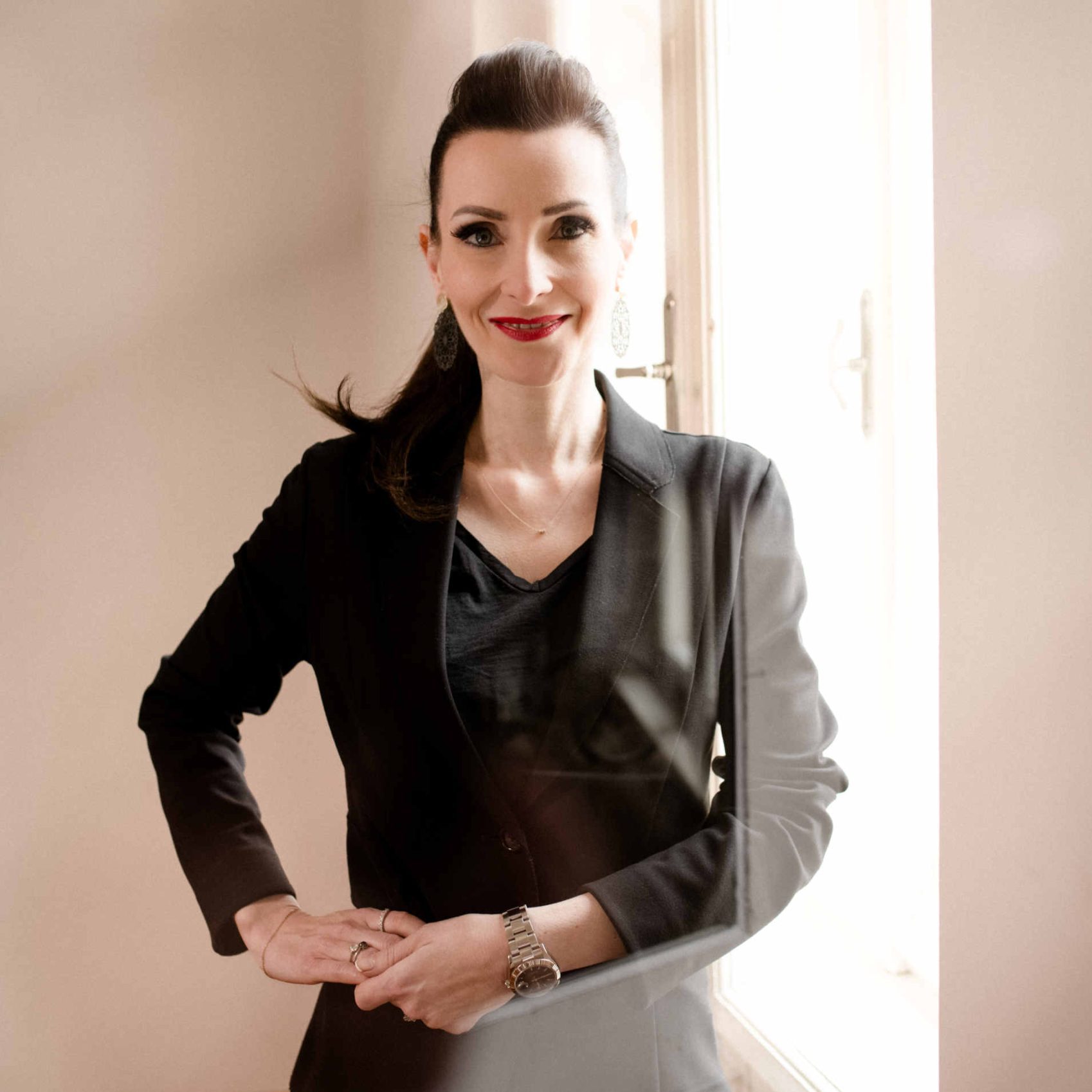
On World Spice Day on October 24, the new Kotányi Spice Report 2025 reveals what Austria’s amateur chefs really swear by: parsley remains the country’s undisputed favorite herb, closely followed by chives. At the same time, turmeric, chili, and curry blends are conquering kitchens—making it clear that in 2025, seasoning is more than just routine: it is an expression of creativity, sustainability, and the joy of indulgence.
When it comes to flavor, creativity, and a sense of home, Austrians love to use herbs. The latest Kotányi Spice Report 2025 clearly shows that parsley is and remains the country's favorite herb, just ahead of chives. These two classics shape Austrian cuisine just as much as salt, pepper, and paprika. However, colorful and aromatic spices such as turmeric, chili, and curry are setting new trends and will be among the rising stars of 2025.
“In Austria, spices and herbs are not ‘just’ functional ingredients, but an expression of creativity, individuality, and the joy of eating,” explains Dominik Mattes, Director of Marketing and Innovation at Kotányi. Together with the market research institute marketagent, Austrian cooking habits were analyzed for this report – and they paint an exciting picture of a nation that skillfully combines tradition and curiosity.
With 54 percent of the vote, parsley tops the ranking. Its mildly lemony, fresh aroma makes it an all-rounder – whether in bread dumplings, herb butter, or parsley potatoes. In second place is chives (52%), indispensable for classic buttered bread or creamy spreads. Behind it are Mediterranean all-rounders such as basil (41%), oregano (38%), Italian herb mixtures (33%), and rosemary (26%). This shows that Austrian cuisine combines local roots with Mediterranean lightness – and remains open to global flavor influences.
In addition to their love of herbs, many amateur chefs are discovering new worlds of spices. Turmeric, chili, and curry spice blends are particularly popular in 2025—they add color, freshness, and exoticism to dishes. According to the report, around one in ten people now use these spices more often. “The use of herbs and spices is a highly individual matter,” says Elisabeth Voltmer, Head of Quality Management & Product Development at Kotányi. “While younger people tend to use basil or mint, older people prefer marjoram, bay leaves, and lovage. Ultimately, it comes down to personal taste – and the recipe.”
Whether fresh or dried – both have their merits. According to Voltmer, the choice depends on the dish and cooking time:
Quality is important here: only herbs with a high content of essential oils give dishes depth of flavor and aromatic consistency.
Austrians are increasingly cooking intuitively, but consciously. According to the report, 25% use hot air fryers, 22% use one-pot recipes, and 20% practice meal prepping. The “clean the fridge” principle (19%) is also popular, i.e., the creative use of leftovers—a trend that combines sustainability and enjoyment. In addition to social media and recipe platforms, friends and family are among the most important sources of inspiration. Cooking thus remains what it always was: a shared experience—only today with new tools, herbs, and spices.
The Kotányi Spice Report 2025 shows that Austria's kitchens are more diverse than ever before. Classic herbs such as parsley and chives are staples, while trendy spices such as turmeric and chili provide fresh inspiration. One thing is clear: spices are more than just ingredients – they are flavor enhancers, mood boosters, and expressions of cultural identity.
Key facts at a glance

Imola is much more than just a race track: the city combines top-class cuisine, cultural monuments, and traditional producers to create an experience that delights connoisseurs, Italy fans, and curious travelers alike. From 2-star gastronomy at Ristorante San Domenico to creative pizza experiences and slow food osterie to historic libraries, palazzi, and award-winning wineries: this guide shows you the best places for cuisine, culture, and shopping—authentic, high-quality, and with real added value for your next visit to Imola.
The two-star Berlin restaurant Horváth returns to Vienna in early 2026 with an exclusive pop-up, presenting an uncompromising new menu based on “emancipated vegetable cuisine.” For two weeks, Sebastian and Jeannine Frank’s team will take over the Herzig restaurant and serve a 7-course menu that shows how innovative, precise, and luxurious vegetables can be today. A culinary highlight for foodies, fine dining fans, and anyone who doesn’t want to miss Austria’s most exciting pop-up experience of 2026.
This time, Sebastian Frank is taking an even more uncompromising approach, with a new menu and a clear message: vegetables can be luxurious – even without caviar.
With the opening of its new distillery in Mosbach, Aromahopping is sending a strong signal about the future of artisanal spirits. Between extraordinary gin compositions, creative tastings, and a high-caliber supporting program, it became clear what makes the Odenwald brand so special: attention to detail, curiosity about new flavors, and a passion for honest craftsmanship.


On World Spice Day on October 24, the new Kotányi Spice Report 2025 reveals what Austria’s amateur chefs really swear by: parsley remains the country’s undisputed favorite herb, closely followed by chives. At the same time, turmeric, chili, and curry blends are conquering kitchens—making it clear that in 2025, seasoning is more than just routine: it is an expression of creativity, sustainability, and the joy of indulgence.